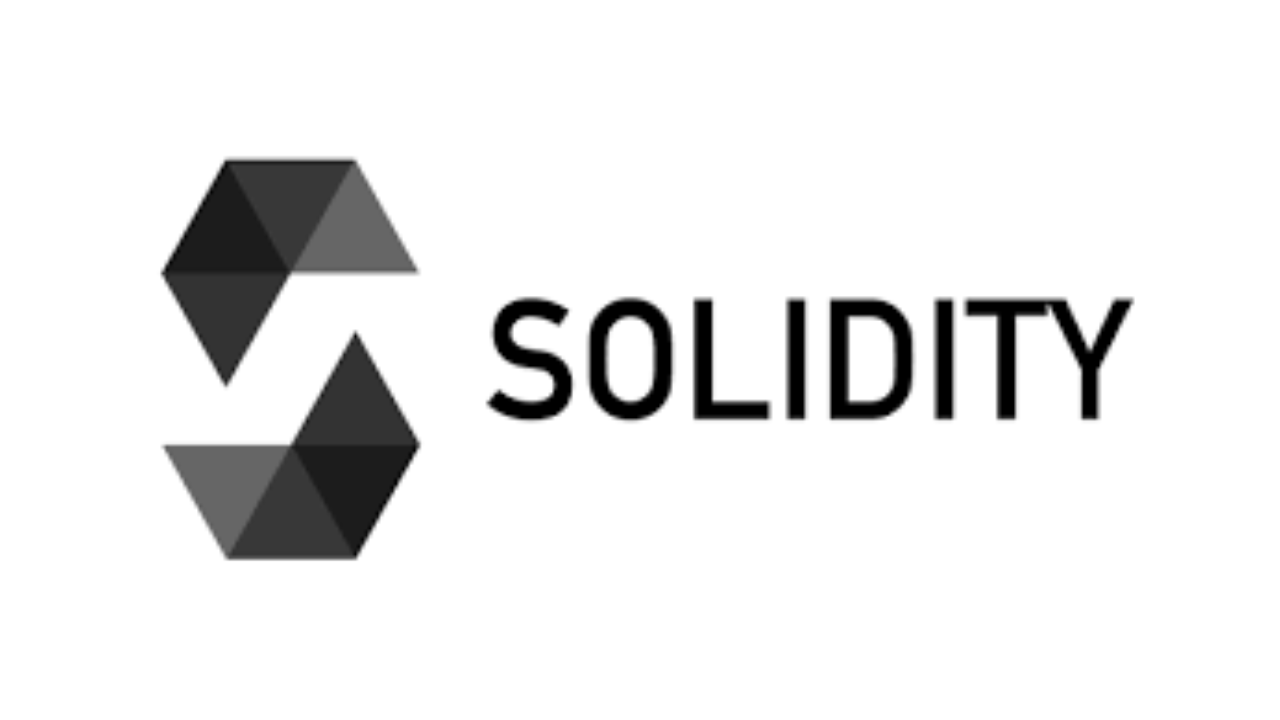Are you interested in becoming a Solidity developer? Solidity is a programming language used to create smart contracts and decentralized applications on the Ethereum blockchain. It is a high-level, object-oriented language that requires rigorous training, learning, and practice to master.
But don’t worry, it’s possible to become a Solidity developer in just 12 months. In this article, we will explore the steps you need to take to become proficient in Solidity and land a job as a Solidity developer. We will also provide you with resources and tips to help you succeed on your journey.
What you need to understand to become a solidity developer
What is Solidity?
Solidity is a high-level programming language used to write smart contracts on the Ethereum blockchain. It is an object-oriented language that is designed to be easy to learn and use, and it is similar to JavaScript in many ways. Solidity is a compiled language, which means that it is translated into bytecode that can be executed by the Ethereum Virtual Machine (EVM).
Why Learn Solidity?
Learning Solidity is essential for anyone who wants to become a blockchain developer or work on Ethereum-based applications. Solidity is the most popular programming language used to write smart contracts, and it is in high demand in the blockchain industry. By learning Solidity, you can develop decentralized applications (dApps) and smart contracts that can be used in a wide range of industries, including finance, healthcare, and supply chain management.
Basic Concepts of Solidity
Solidity is a complex language that requires a good understanding of programming concepts. Some of the basic concepts of Solidity include:
- Variables: Solidity supports a wide range of data types, including integers, booleans, and strings.
- Functions: Functions are used to perform specific tasks in a smart contract.
- Control Structures: Solidity supports a range of control structures, including if statements, for loops, and while loops.
- Events: Events are used to notify external systems about changes in the state of a smart contract.
- Modifiers: Modifiers are used to restrict access to certain functions or variables in a smart contract.
By mastering these basic concepts, you can start writing simple smart contracts in Solidity and gradually build your skills to become a proficient Solidity developer.
Recommended: 2023 Complete Web3 Developer Roadmap: Your Ultimate Guide to Mastering Web3 Development
Learning Solidity
Resources for Learning Solidity
If you’re looking to learn Solidity and become a developer, there are a variety of resources available to you. Online courses and tutorials are a great place to start, and there are many options to choose from. Some of the best courses for learning Solidity include:
- Blockchain Specialization on Coursera
- Ethereum: Building Blockchain Decentralized Apps (DApps)
- Blockchain: Learning Solidity
In addition to these courses, there are also Solidity boot camps available that can help you fast-track your learning. Attending a boot camp can be a great way to acquire core blockchain cryptography skills, gain a deeper understanding of Ethereum, build and deploy decentralized applications, and master smart contract development.
Best Practices for Learning Solidity
When it comes to learning Solidity, there are a few best practices that can help you achieve success. Here are some tips to keep in mind:
- Start with the basics: Solidity can be a complex language, so it’s important to start with the basics and work your way up.
- Practice, practice, practice: The more you practice writing Solidity code, the better you’ll become.
- Join a community: Joining a community of Solidity developers can be a great way to get support and learn from others.
- Stay up-to-date: The world of blockchain and Solidity is constantly evolving, so it’s important to stay up-to-date on the latest developments and trends.
Overall, learning Solidity takes time and effort, but with the right resources and best practices, you can become a proficient developer in just 12 months.
Building Projects in Solidity
Choosing a Project
When it comes to choosing a project to build in Solidity, there are a few things to consider. First, consider your level of experience with Solidity and blockchain development. If you are just starting out, it may be best to choose a simpler project, such as building a basic token or an NFT. As you gain more experience, you can move on to more complex projects such as building a decentralized exchange or a DAO. Another thing to consider when choosing a project is your interests and passions. Building a project that you are passionate about can help keep you motivated and engaged throughout the development process.
Building a Project from Scratch
Building a project from scratch in Solidity can be a challenging but rewarding experience. Before you begin, it’s important to have a solid understanding of Solidity and the Ethereum blockchain. You should also have a clear idea of what you want to build and how it will function. Once you have a plan in place, you can begin coding your project in Solidity. It’s important to take a modular approach to code, breaking your project down into smaller, more manageable pieces. This will make it easier to debug and test your code as you go.
Working on Open Source Projects
Working on open-source projects can be a great way to build your skills and gain experience in Solidity development. There are many open-source projects available on platforms such as GitHub that you can contribute to. When working on open-source projects, it’s important to follow best practices for collaboration and communication. This includes communicating clearly with other contributors, following project guidelines and standards, and submitting high-quality code that has been thoroughly tested. Overall, building projects in Solidity is a great way to gain experience and build your portfolio as a Solidity developer. By choosing the right project, taking a modular approach to coding, and working on open-source projects, you can become a skilled Solidity developer in just 12 months.
Networking and Career Opportunities
Networking is a crucial aspect of any career, and it’s no different for Solidity developers. By connecting with other developers, you can learn from their experiences, get feedback on your projects, and even find job opportunities. Here are some ways to get started:
Joining Solidity Communities
There are many online communities dedicated to Solidity development. Joining these communities can help you stay up-to-date on the latest developments in the field, connect with other developers, and find resources to help you improve your skills. Some popular Solidity communities include:
- The Solidity subreddit
- The Solidity Discord server
- The Solidity Gitter channel
Networking with Solidity Developers
Attending conferences, meetups, and other events is a great way to network with other Solidity developers. These events give you the opportunity to meet people face-to-face, learn from experts in the field, and showcase your own work. Here are some events to consider:
| Ethereal Summit | Consensus | Devcon |
| Ethereum Community Conference | Blockchain Expo | Blockchain Week |
Job Opportunities for Solidity Developers
The demand for Solidity developers is growing rapidly, and there are many job opportunities available in the field. Here are some places to look for job openings:
- Crypto and blockchain job boards, such as CryptoJobsList and CryptoJobs
- LinkedIn and other professional networking sites
- Company websites, especially those in the blockchain and crypto space
Learning how to become a Solidity developer is a challenging but rewarding journey. With the increasing demand for blockchain technology, there has never been a better time to start learning Solidity.
By following the steps outlined in this article, you can set yourself on the path to becoming a Solidity developer in just 12 months. Remember to start with the basics, build your knowledge through online courses and tutorials, and practice your skills by building your own projects and contributing to open-source projects.
Obtaining a certification in Solidity can also be a great way to showcase your skills and expertise to potential employers. Keep up with the latest developments in the blockchain industry and stay connected with the Solidity community to continue learning and growing as a developer.
With dedication and hard work, you can become a proficient Solidity developer and contribute to the exciting world of blockchain technology.

